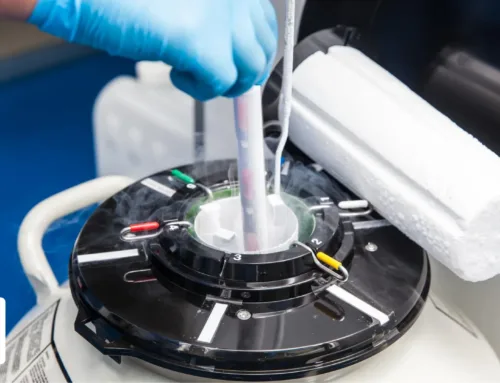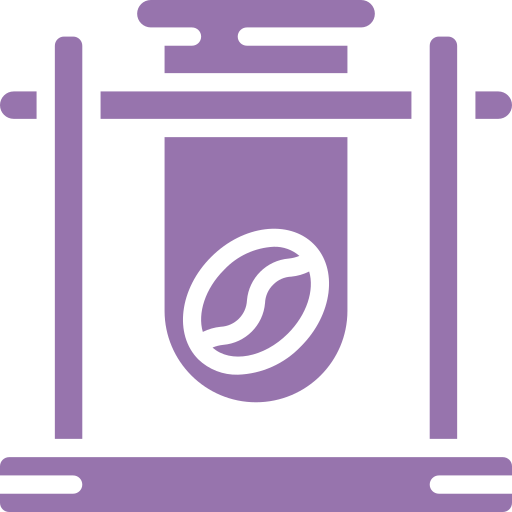[fusion_builder_container hundred_percent=”no” equal_height_columns=”no” menu_anchor=”” hide_on_mobile=”small-visibility,medium-visibility,large-visibility” class=”” id=”” background_color=”” background_image=”” background_position=”center center” background_repeat=”no-repeat” fade=”no” background_parallax=”none” parallax_speed=”0.3″ video_mp4=”” video_webm=”” video_ogv=”” video_url=”” video_aspect_ratio=”16:9″ video_loop=”yes” video_mute=”yes” overlay_color=”” video_preview_image=”” border_size=”” border_color=”” border_style=”solid” padding_top=”” padding_bottom=”” padding_left=”” padding_right=””][fusion_builder_row][fusion_builder_column type=”1_1″ layout=”1_1″ background_position=”left top” background_color=”” border_size=”” border_color=”” border_style=”solid” border_position=”all” spacing=”yes” background_image=”” background_repeat=”no-repeat” padding_top=”” padding_right=”” padding_bottom=”” padding_left=”” margin_top=”0px” margin_bottom=”0px” class=”” id=”” animation_type=”” animation_speed=”0.3″ animation_direction=”left” hide_on_mobile=”small-visibility,medium-visibility,large-visibility” center_content=”no” last=”no” min_height=”” hover_type=”none” link=””][fusion_text columns=”” column_min_width=”” column_spacing=”” rule_style=”default” rule_size=”” rule_color=”” hide_on_mobile=”small-visibility,medium-visibility,large-visibility” class=”” id=””]
Fertility Awareness Helps You Become More Aware of the Days You Are Likely to Conceive

Fertility awareness involves charting your fertility cycle so you can identify the days you are most likely to get pregnant, the days right before, and day of, ovulation. The timing of your cycle is something your fertility center will want information on so it’s a good idea to start charting it 2-3 months before your first visit.
Actually, you should start charting as soon as you start trying to get pregnant. For the average woman with a 28 day cycle the window is 6 days. To identify that window, you follow a few basic steps:
- Chart your period, what day it starts, for a few months to get an idea how long your cycle is.
- Once you have a few months charted subtract 18 days from the shortest cycle, for a 28 day cycle 28 – 18 = 10. The 10th day of your cycle is the first day you are likely to get pregnant.
- Now subtract 11 from the length of your longest cycle, for a 30 day cycle 30 – 11 = 19. Day 19 of your cycle is the last day you are likely to get pregnant, your probable fertile days are days 10-19 of your cycle.
As you can see, this is a large window and not extremely precise, especially if your cycles aren’t very regular. One way to narrow down the fertility window is to use a basal body temperature thermometer. These thermometers are extremely sensitive so they can catch the rise in your body temperature, usually by one degree or less, that happens right after you ovulate.
Your temperature will then stay higher until your period starts. To get an accurate reading you need to take your temperature every morning before you get out of bed, even the act of getting up can make your body temperature fluctuate. You are most likely to get pregnant if you have intercourse 2-3 days before your ovary releases an egg and 12-24 hours after. If your temperature has spiked for 3 days your window is closing for that month.
When you’re actively trying to get pregnant your fertility center might want you to use a more accurate fertility awareness method. This is where the ovulation prediction kit comes in, it’s over-the-counter wherever you buy pregnancy tests and is just as easy to use. The test detects a surge in the production of luteinizing hormone (LH), which occurs roughly 36 hours before ovulation.
You start peeing on the stick on what would be the first day you are likely to get pregnant and continue doing so daily until you get a positive test. These tests are 97% accurate in detecting LH and are easier than checking your temperature daily. The test only confirms the LH surge, it doesn’t tell you whether you’re ovulated or not so it isn’t foolproof but gives a good idea.
Once you start fertility treatment an ovulation prediction kit is probably not going to be recommended. This is because they do not function reliably when injectable fertility drugs, such as Pergonal, or the hormone hCG (e.g., Profasi) are in the system. They also aren’t very reliable for women over 40 because women nearing menopause have elevated levels of LH in their systems all the time.
So, if you’re serious about getting pregnant it’s time to start using a fertility awareness method, it can help you time intercourse and, if you end up needing the assistance of a fertility center, will give the medical staff some valuable information to start your treatment.[/fusion_text][/fusion_builder_column][/fusion_builder_row][/fusion_builder_container]























